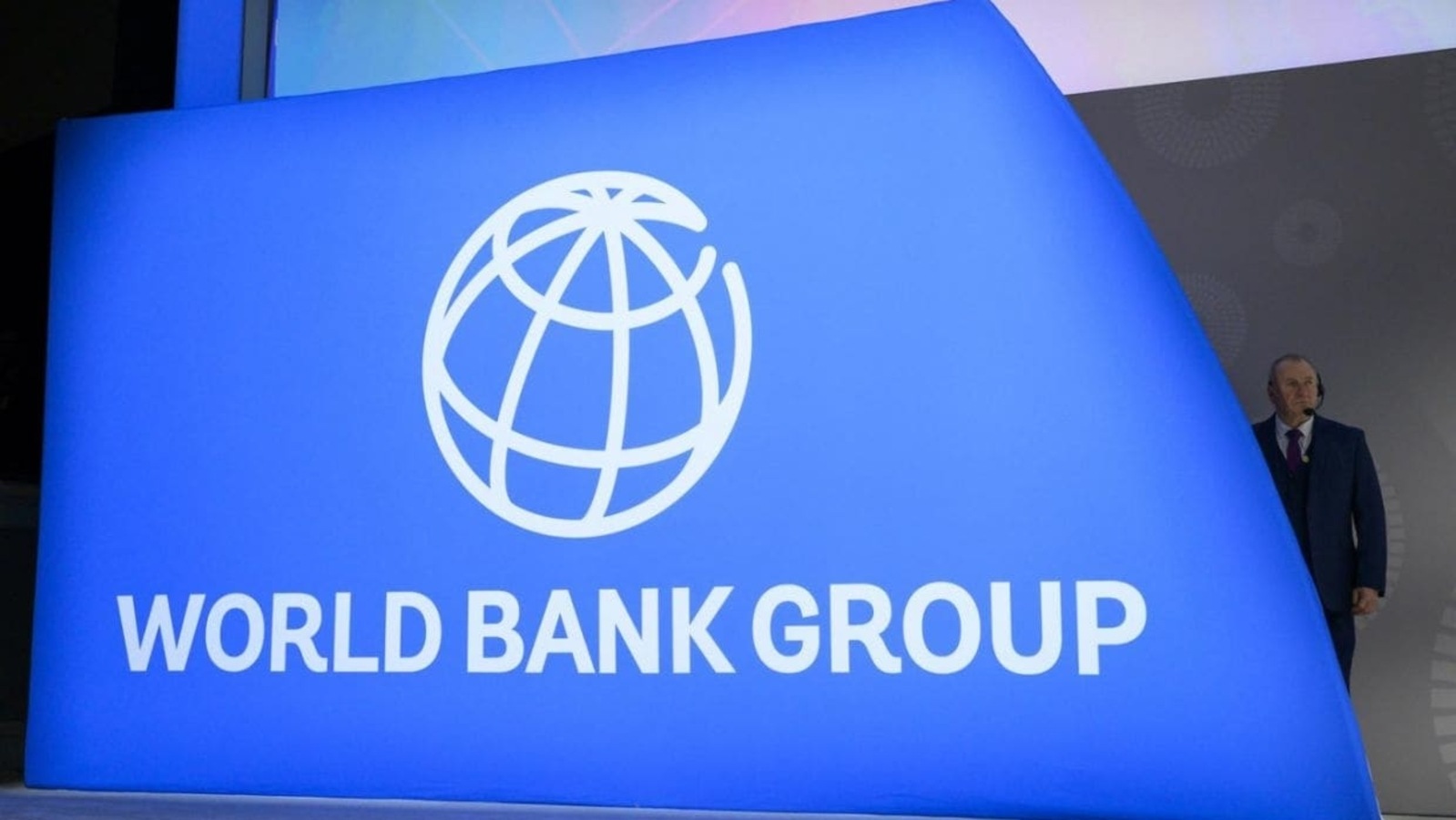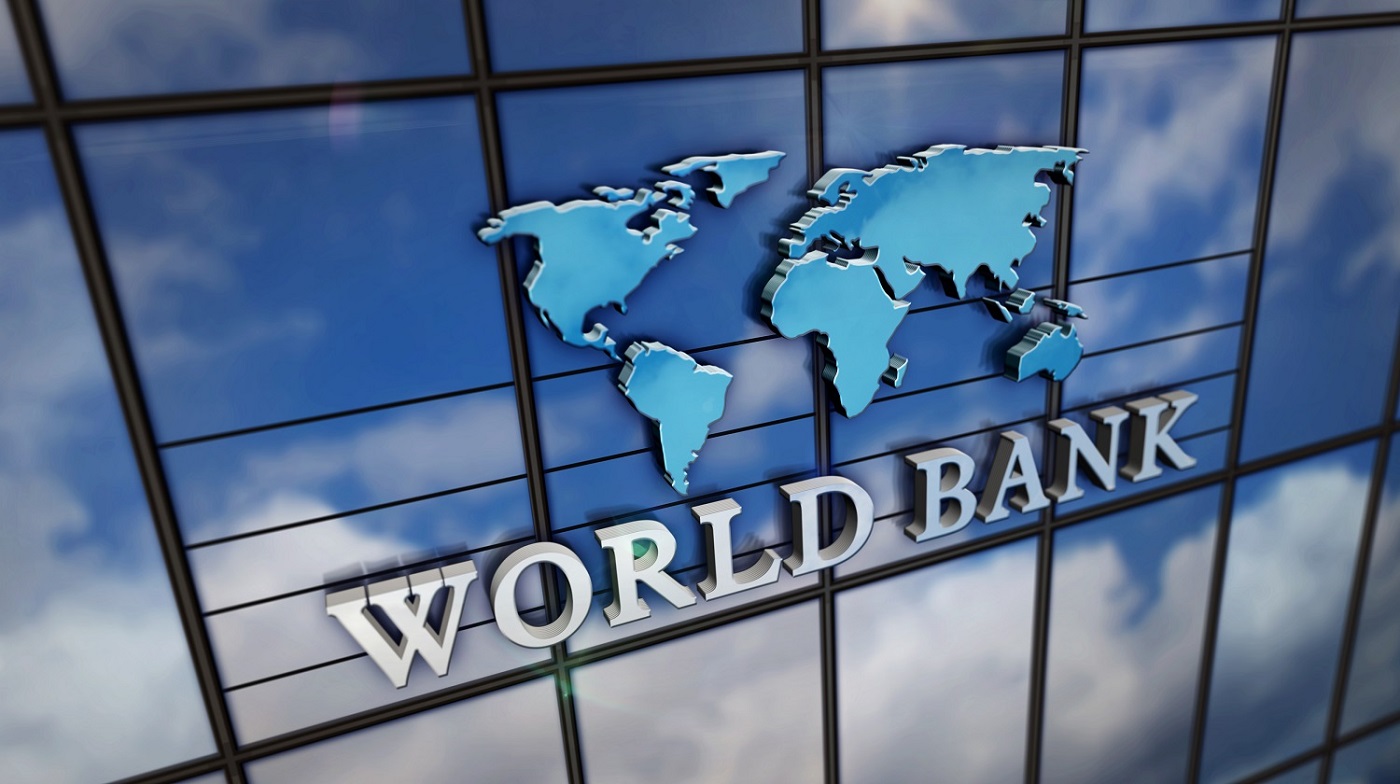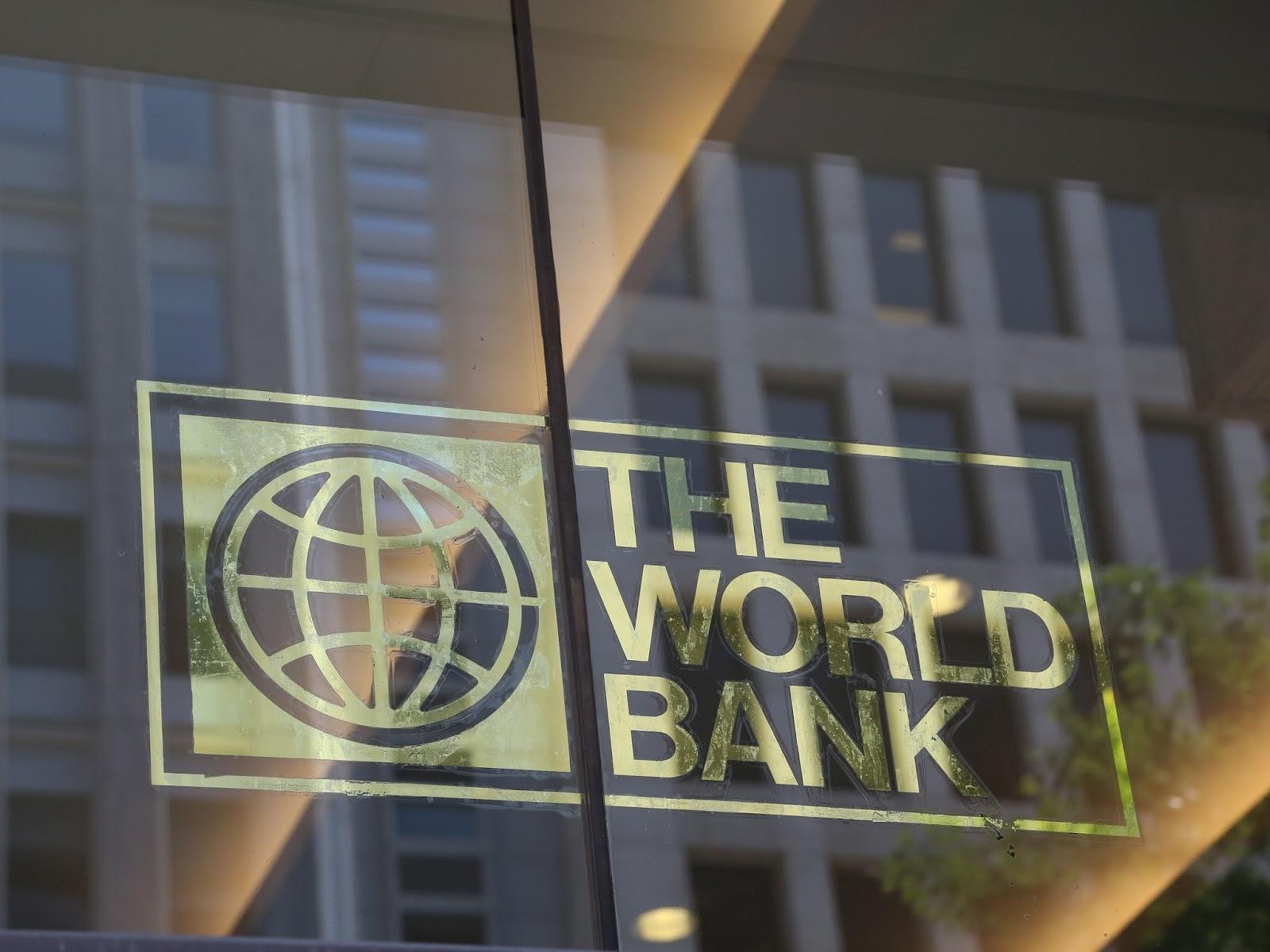World Bank’s Revised Growth Projections for East Asia Amidst China’s Economic Setback 2023

World Bank’s Revised Growth Projections for East Asia Amidst China’s Economic Setback 2023
The World Bank recently announced a cut in its growth estimates for East Asia due to increasing economic challenges in China, the region’s largest economy. This decision underscores the interconnectedness of East Asian economies with China and highlights the potential ramifications for global growth.
China, being the second-largest economy in the world, plays a significant role in driving global growth. The country’s economic trends often have a ripple effect on neighboring countries, especially those in the East Asia region that depend heavily on China for trade, tourism, and investments.
According to the most recent study from the World Bank, developing countries in East Asia and the Pacific are expected to have weaker growth this year and next as the area deals with the effects of tighter financial conditions and a challenging global climate.
In its semi-annual projection for East Asia and the Pacific, the World Bank stated that gross domestic product growth is projected to be 5% in 2023 and 4.5% in 2024. In April, projections for this year and the following were 5.1% and 4.8%, respectively. According to it, the most recent forecasts were still moving forward more quickly than other emerging markets.
China is partially responsible for that drag. The second-largest economy in the world is predicted to grow 4.4% in 2019, down from the 4.8% predicted earlier, as a result of real estate problems, rising debt, and a waning boost from the post-Covid reopening. China’s projected 2023 GDP remained at 5.1%.In 2024, East Asia and the Pacific, excluding China, should have somewhat quicker growth as the global economy expands and overseas demand for the region’s manufactured products and commodities picks up, according to the World Bank. It stated that the outlook is at risk from geopolitical tensions, potential natural calamities, particularly extreme weather occurrences.
China’s corporate, municipal, and household debt levels have risen considerably. This accumulation of debt has raised concerns about its sustainability and the potential for systemic financial risks. Efforts to shift the economy from an investment and export-driven model to a consumption-led one have posed challenges. These reforms, while necessary for long-term sustainability, can cause short-term growth pains.

The trade wars and tariffs introduced in the past have had lingering effects on China’s trade balance, affecting its export-oriented industries.China’s demographic challenge, with an aging population and a shrinking workforce, is impacting its potential growth trajectory.
Efforts to combat pollution and implement more environmentally friendly policies can hinder immediate industrial growth.
Many East Asian countries are heavily dependent on China for exports. A slowdown in China means reduced demand for goods, impacting the trade balances of these countries.
Chinese direct investment in the region might decrease as domestic challenges take precedence.Many regional supply chains are centered around China. A slowdown could disrupt production lines and increase costs for companies in the region.
A weaker Chinese economy can translate to reduced outbound tourism, affecting countries that rely on Chinese tourists.
In light of these challenges, the World Bank has revised its growth estimates for East Asia downward. Although specifics might vary, the overarching message is clear: as China grapples with its internal challenges, neighboring economies must brace for reduced growth prospects.
The World Bank suggests that countries in the region:
- Diversify their economies to reduce dependency on China.
- Boost domestic consumption and invest in infrastructure to spur internal growth.
- Strengthen regional cooperation to mitigate risks and promote stability.
The economic slowdown in China serves as a stark reminder of the global interconnectedness of economies today. As the World Bank revises its growth projections for East Asia, it emphasizes the importance of adaptability, diversification, and regional cooperation in navigating turbulent economic waters.

The coming months and years will be crucial for the region, with policymakers needing to strike a balance between short-term challenges and long-term sustainability. With the right strategies in place, East Asia can weather the current storm and emerge stronger and more resilient.






